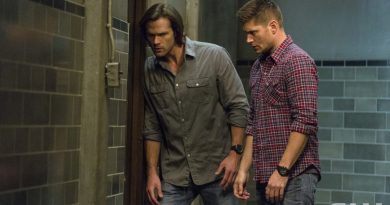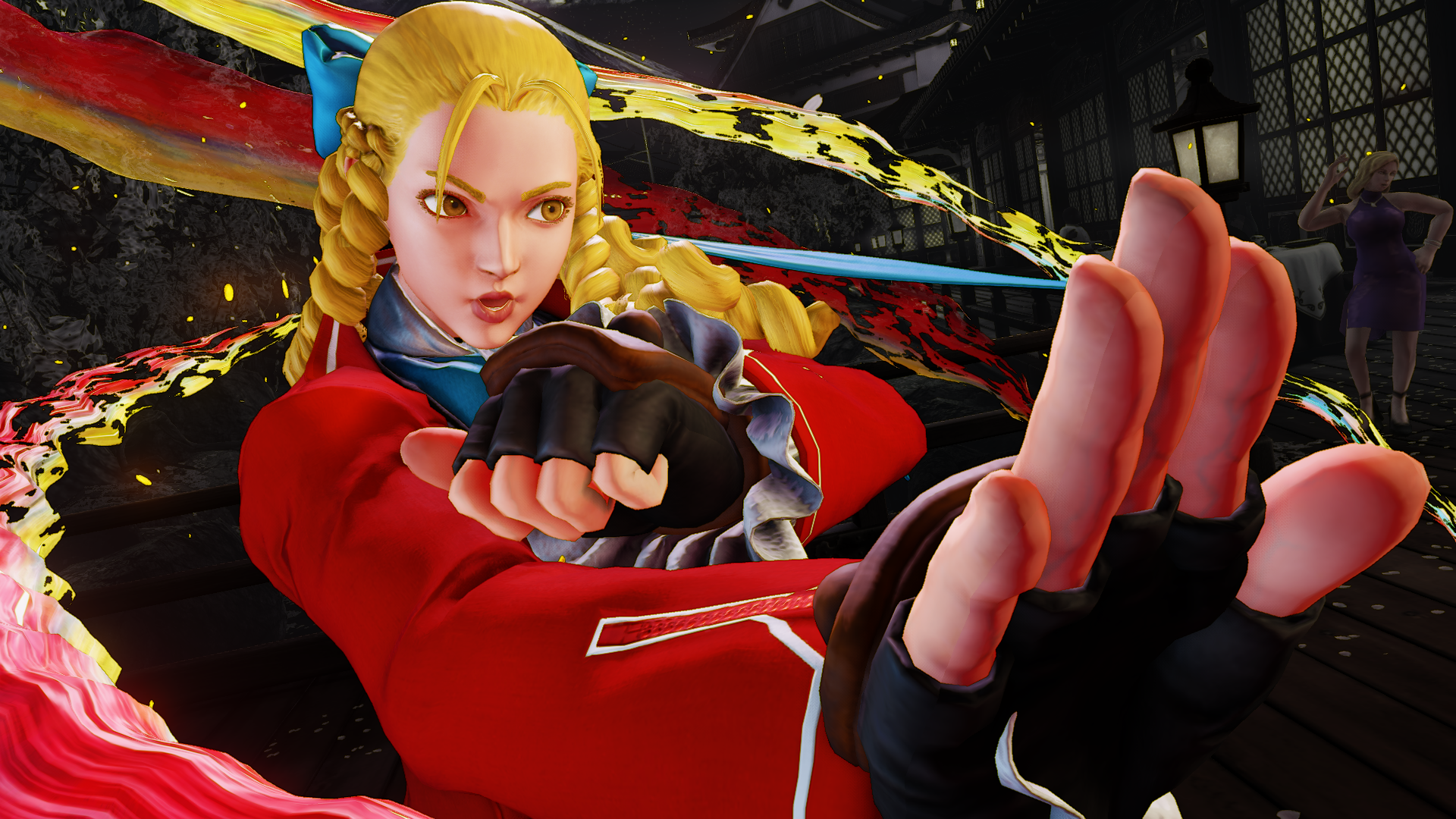Why we love to be scared: EMP’s "Can’t Look Away" horror exhibit

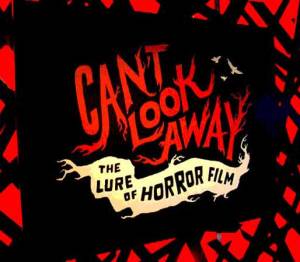
Now at EMP Museum in Seattle, WA, “Can’t Look Away: The Lure of Horror Film” exhibit explores the role that horror plays in the human experience and how it’s been represented in 100 years of film and contemporary culture.
Three of the world’s most prolific horror film directors — John Landis (An American Werewolf in London), Roger Corman (Little Shop of Horrors) and Eli Roth (Hostel) — were invited by the museum to handpick a selection of favorite films which exemplify the influence and scope of cinematic horror. Their choices formed the basis for the ongoing exhibit.
“If you don’t want to be scared in a horror film, don’t close your eyes. Close your ears.” — Eli Roth
Visitors to the Seattle exhibit can watch video clips of interviews with these directors, take a trip to the “Hell Hole,” a video screen embedded in the floor that plays a 10-minute montage of famous horror films from several generations, and explore a multitude of interactive exhibits including a section on how music and sound are used to create or lessen tension in a horror film.
[youtube=http://youtu.be/hglkaciRLBg]
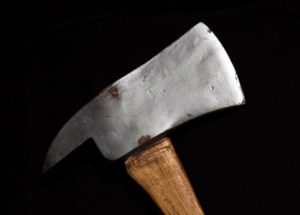
For avid horror fans, one of the most exciting features of the exhibit is undoubtedly the display of iconic movie artifacts and memorabilia, like a shooting script from 1963’s Night of the Living Dead, the Gill Man Mask worn by the Creature from the Black Lagoon in 1958, a Facehugger and a life-size Xenomorph figure from the James Cameron Alien franchise, the Hi-8 camcorder used in 1998’s Blair Witch Project, and Jack Torrance’s axe from 1980’s The Shining, amongst many other fascinating items.
“[Horror movies] are not really roller coasters like the thrill ride, they are roller coasters of the soul.” — Guillermo del Toro
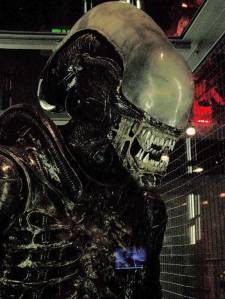
Of all of the props on display, recent museum visitor Angela Graves said, “We all liked the full-size Alien the best! I thought the Frankenstein wall section was nice to see,” she added, “since most of the other props were more recent. Also pretty interesting to see were the Constantine demons, [from] when he went to Hell.”
A zombie costume from Michael Jackson’s Thriller is displayed in its corner. Mick Garris (Masters of Horror), who also served as a consultant for the EMP “Can’t Look Away” exhibit, wore this tattered outfit in the 1983 music video. Other artifacts on view include a Jason Voorhees mask and machete from Friday the 13th, Freddy Krueger’s razor glove from Nightmare on Elm Street, Part 5, and a spellbook and pointy stakes used in the Buffy The Vampire Slayer television show. Interactive screens next to certain props show how these items appeared during production.
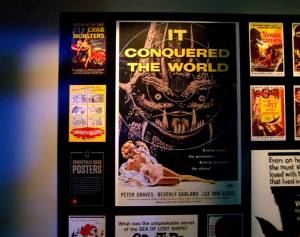
A “100 Horror Films to see before you die” wall showcases both famous and more obscure horror movies from 1920 to 2008, with an accompanying timeline that lists significant cultural influences and historic events occurring while these films were being made.
Although the exhibit is rated PG-13 due to the scary subject matter, one thing kids of all ages are certain to enjoy is the interactive “Shadow Monster” installation. Angela Graves was enthusiastic about her family’s experience, “The shadow wall was cool! You’d walk into the ‘area’ and your shadow would get antennae, wild hair, or even long, strange fingers!”

Since no exploration of horror would be complete without a scream or two, the inclusion of a “Scream Booth,” where visitors can step inside a soundproof enclosure and release their best bloodcurdling shrieks on cue to horror footage, proves a popular addition. Inside, quick snapshots of the screams are taken and displayed on screens outside the booth, where they can be uploaded to share with friends later.
See the EMP’s “Scream Booth” Flickr photostream
A “Monster Timeline” infographic identifies the many different types of horror movie monsters both by appearance and habits, and delves into why these imaginary creatures have amazed and terrified us throughout the years.
“In science-fiction films the monster should always be bigger than the leading lady.” — Roger Corman

So, why do we need monsters? “From cave paintings to contemporary digital technologies, we’re still making monsters,” director Landis says, “What you hear a lot is that horror films are a way of confronting death without having to die, [in this way] you can confront your worst fears, but not get eaten!”
“Since monsters are so basic to human nature, I think there will always be monster films,” suggests Landis, “and it will always be fascinating to figure out ‘what the hell was that about?’”
For more information about the exhibit, visit www.empmuseum.org.
>>>>



